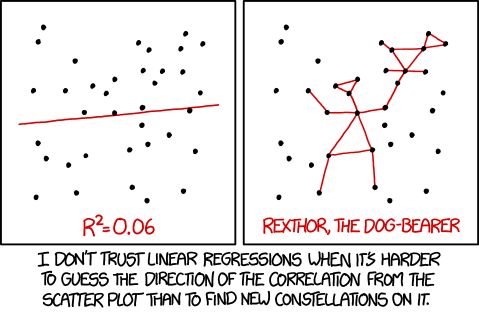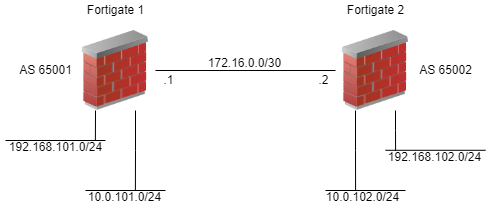0
Generalized Linear Model

In case of Linear Models, we assume a linear relationship between the mean of the response variable and a set of
explanatory variables with inference assuming that response variable has a Normal conditional distribution with constant
variance. The Generalized Linear Model permits the distribution for the Response Variable other than the normal and
permits modeling of non-linear functions of the mean. Linear models are special case of GLM.
GLM extends normal linear models to encompass non-normal distributions and equating linear predictors to nonlinear
functions of the mean. The fundamental preimise is that
1) We have a linear predictor. $\eta_{i} = a + Bx$.
2) Predictor is linked to the fitted response variable value of $Y_{i}, \mu_{i}$
3) The linking is done by the link function, such that $g(\mu_{i}) = \eta_{i} $. For example, for a linear function
$\mu_{i} = \eta_{i}$, for an exponential function, $log(\mu_{i}) = \eta_{i}$
$
g(\mu_{i}) = \beta_{0} + \beta_{1}x_{i1} + … + \beta_{p}x_{ip}
$
The link function $g(\mu_{i})$ is called the link function.
Some common examples:
- Identity: $\mu = \eta$, example: $\mu = a + bx$
- Log: $log(\mu) = \eta$, example: $\mu = e^{a + bx}$
- Logit: $logit(\mu) = \eta$, example: $\mu = Continue reading


 This article from Apple boggles my brain: Apple Security Bounty. Upgraded. – Apple Security Research – https://security.apple.com/blog/apple-security-bounty-upgraded/ In the past two and a half years since opening our program, we’re incredibly proud to have awarded researchers nearly $20 million in total payments, with an average payout of $40,000 in the Product category, and including 20 […]
This article from Apple boggles my brain: Apple Security Bounty. Upgraded. – Apple Security Research – https://security.apple.com/blog/apple-security-bounty-upgraded/ In the past two and a half years since opening our program, we’re incredibly proud to have awarded researchers nearly $20 million in total payments, with an average payout of $40,000 in the Product category, and including 20 […]

